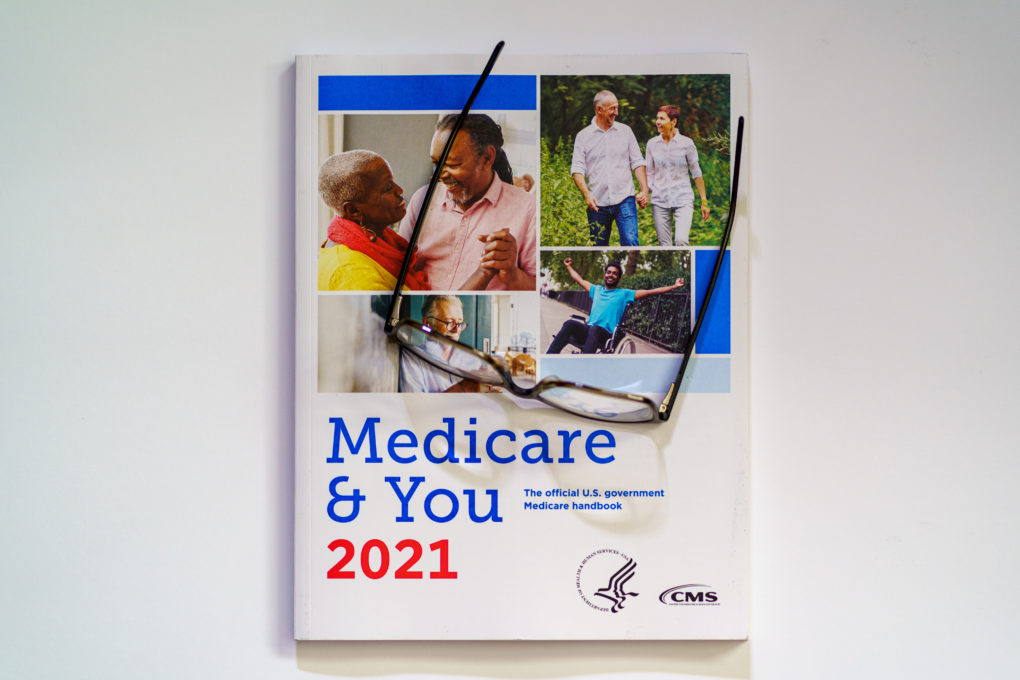Many retirees get an unpleasant surprise after turning 65 and signing up for Medicare: It doesn’t provide complete coverage of health care costs. In fact, there are some very large gaps that can be financially devastating to ordinary Americans.
A recent study from Fidelity estimated that the average 65-year-old married couple would need about $280,000 in savings to cover out-of-pocket costs, including Medicare deductibles, copays, prescription drugs, Medicare premiums, dental and vision care.
Deductibles and copays
Part A
Medicare Part A (hospital insurance) still exposes you to the following deductibles, as of 2021:
- Inpatient hospital deductible: $1,484
- Daily out-of-pocket hospital costs (days 61-90): $341 per day
- Daily coinsurance for lifetime reserve days: $682 per day (60 additional days past 90 days)
- Skilled nursing facility coinsurance: $170.50 per day
Part B
You are also responsible for 20% of physicians’ fees, lab fees and durable medical equipment costs under Part B, unless you have additional coverage, plus an annual deductible of $185.00. These costs can be significant for those with chronic conditions.
What you can do about it
Here are some steps you can take to protect yourself and bridge the funding gap.
1.) Purchase prescription drug coverage. Prescription drugs can cost thousands of dollars per year – even tens of thousands. They are a major potential out-of-pocket cost, unless you get coverage. You can get coverage by enrolling in Medicare Part D or signing up for a Medicare Advantage plan that includes prescription drug costs.
2.) Enroll in a Medicare Supplement (Medigap) plan. These are standardized plans that step in with extra coverage to help you pay Medicare premiums, copays and other expenses. You pay a small premium for these plans, but they can help protect you from severe shocks to your finances due to a hospitalization or from other major medical setbacks.
3.) Enroll in Medicare Advantage (Part C). These are managed care plans that provide Medicare Part A and B services and may help protect you from financial shocks from health care costs. You must be enrolled in Part A and Part B to enroll in Medicare Advantage. Some Medicare Advantage plans include prescription drug benefits.
Do not try to enroll in both Medicap and Medicare Advantage plans. You only need one or the other.
4.) Consider long-term care insurance, or other financial avenues. Nursing home and long-term custodial care for chronic conditions is perhaps the most glaring gap in Medicare coverage. Medicare simply does not cover skilled nursing or assisted living facilities, except in very limited circumstances.
This kind of care costs an average of $3,750 per month for assisted living facilities and $7,148 for a semi-private room in a skilled nursing facility. (This, of course, varies by state and facility) Meanwhile, someone turning age 65 today has a 70% chance of needing long-term care at some point in their lives, and 20% will need it for longer than five years.
Long-term care insurance provides a daily benefit designed to cover some or all of your nursing home, assisted living and/or hospice expenses. Many plans provide significant coverage for home care and services, as well.
5.) Save aggressively. If you qualify for a health savings account, you can contribute up to $3,450 for singles, while couples can contribute up to $6,900 per year, pretax. Withdrawals to pay for qualified medical expenses are tax free.
You can also maximize your contributions to IRAs, Roth IRAs, 401(k)s and other retirement accounts, along with your personal savings. All of these may be needed to help cover health care expenses in retirement.




